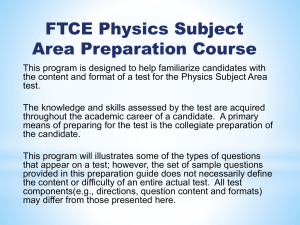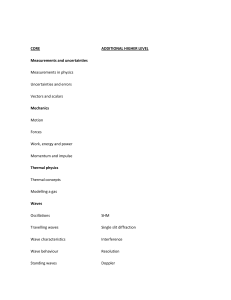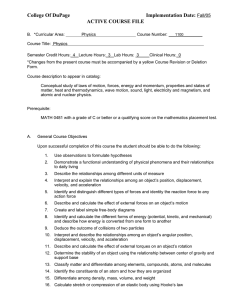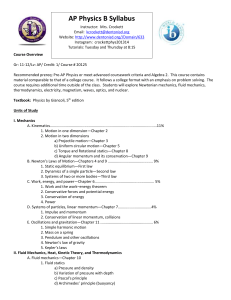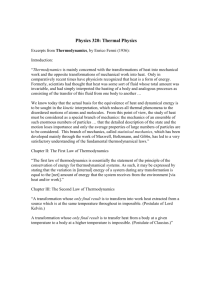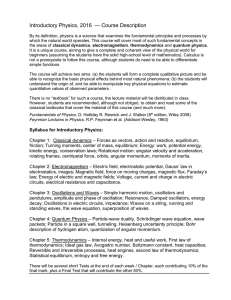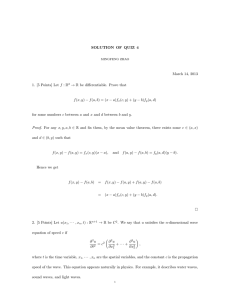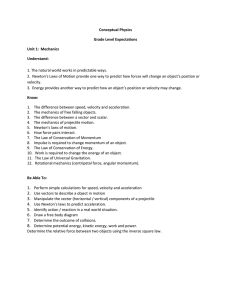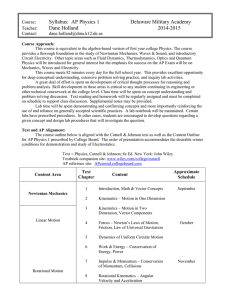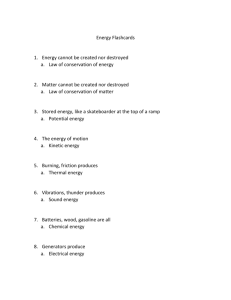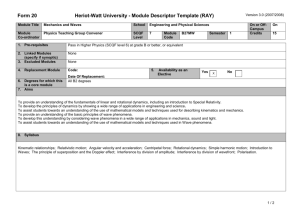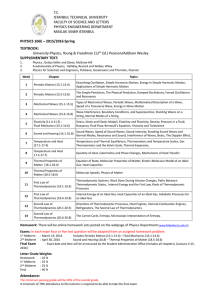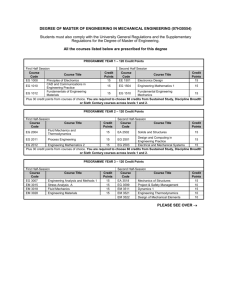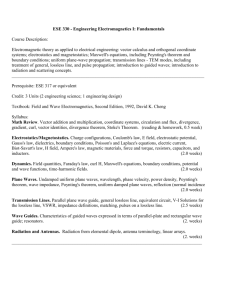Scope and Sequence IB Physics
advertisement
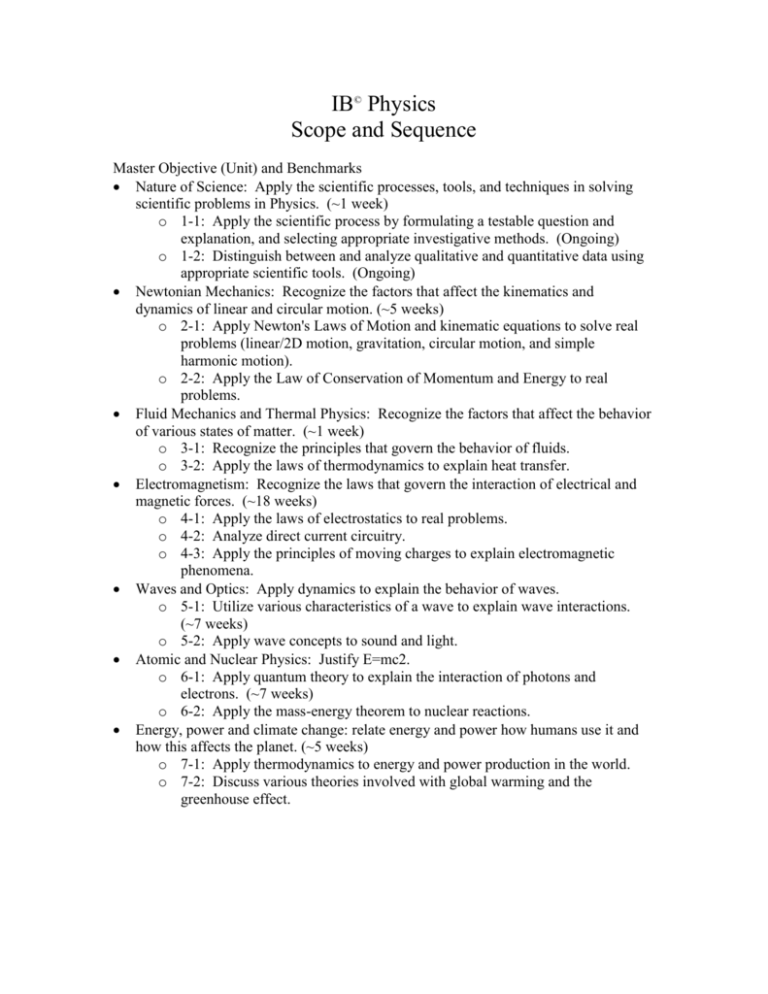
IB© Physics Scope and Sequence Master Objective (Unit) and Benchmarks Nature of Science: Apply the scientific processes, tools, and techniques in solving scientific problems in Physics. (~1 week) o 1-1: Apply the scientific process by formulating a testable question and explanation, and selecting appropriate investigative methods. (Ongoing) o 1-2: Distinguish between and analyze qualitative and quantitative data using appropriate scientific tools. (Ongoing) Newtonian Mechanics: Recognize the factors that affect the kinematics and dynamics of linear and circular motion. (~5 weeks) o 2-1: Apply Newton's Laws of Motion and kinematic equations to solve real problems (linear/2D motion, gravitation, circular motion, and simple harmonic motion). o 2-2: Apply the Law of Conservation of Momentum and Energy to real problems. Fluid Mechanics and Thermal Physics: Recognize the factors that affect the behavior of various states of matter. (~1 week) o 3-1: Recognize the principles that govern the behavior of fluids. o 3-2: Apply the laws of thermodynamics to explain heat transfer. Electromagnetism: Recognize the laws that govern the interaction of electrical and magnetic forces. (~18 weeks) o 4-1: Apply the laws of electrostatics to real problems. o 4-2: Analyze direct current circuitry. o 4-3: Apply the principles of moving charges to explain electromagnetic phenomena. Waves and Optics: Apply dynamics to explain the behavior of waves. o 5-1: Utilize various characteristics of a wave to explain wave interactions. (~7 weeks) o 5-2: Apply wave concepts to sound and light. Atomic and Nuclear Physics: Justify E=mc2. o 6-1: Apply quantum theory to explain the interaction of photons and electrons. (~7 weeks) o 6-2: Apply the mass-energy theorem to nuclear reactions. Energy, power and climate change: relate energy and power how humans use it and how this affects the planet. (~5 weeks) o 7-1: Apply thermodynamics to energy and power production in the world. o 7-2: Discuss various theories involved with global warming and the greenhouse effect.
